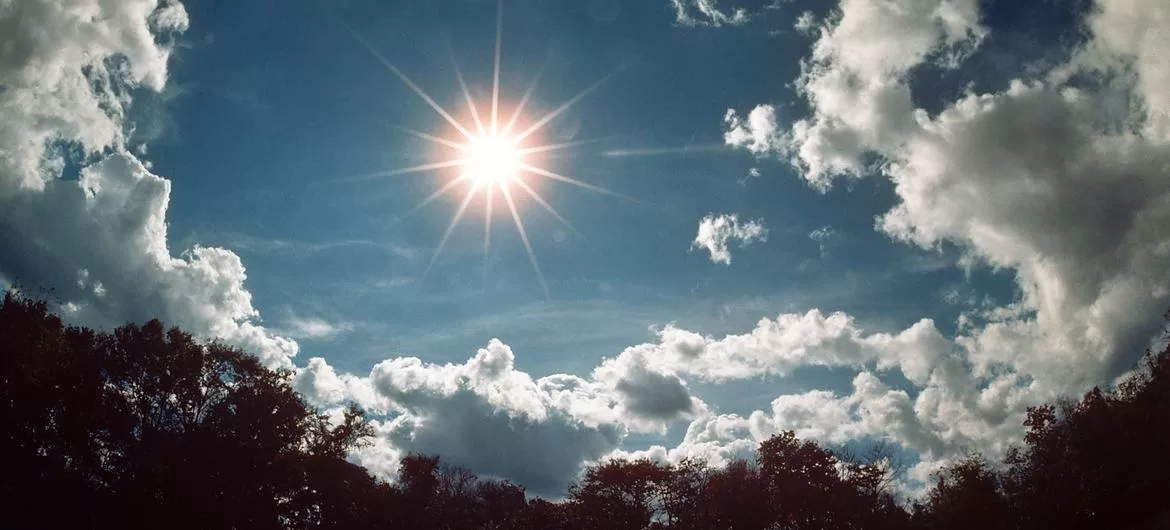
GENEVA, September 15 (WSH) — The ozone layer, Earth’s vital shield against harmful ultraviolet radiation, is steadily recovering, according to the 2024 Ozone Bulletin released by the World Meteorological Organization (WMO). The bulletin notes that the size of the Antarctic ozone hole has significantly decreased compared to recent years, marking a major step forward for both human health and the planet’s ecosystems.
Science-Driven Policy
The report highlights that in 2024, stratospheric ozone levels increased across most regions, while the depth of the Antarctic ozone hole fell below the 1990–2020 average. On September 29, the ozone mass deficit peaked at 46.1 million tons—well below highs observed between 2020 and 2023. WMO officials said the delayed formation and rapid recovery of the ozone hole is a clear sign of progress.
“Scientific research on the ozone layer has long been built on trust, cooperation, and open data sharing,” said WMO Secretary-General Celeste Saulo. “These are the foundations of one of the most successful environmental agreements in history.” She added that this year’s World Ozone Day theme, From Science to Global Action, aligns closely with WMO’s 75th anniversary motto, Science for Action.
Treaties Deliver Results
The Vienna Convention of 1985 first identified ozone depletion as a global challenge. Building on this, the Montreal Protocol successfully phased out over 99% of controlled ozone-depleting substances, including refrigerants, fire foams, and aerosols. Experts project that by mid-century, the ozone layer will return to its 1980 levels, significantly reducing the risks of skin cancer, cataracts, and ecosystem damage from excessive UV exposure.
The bulletin also highlighted the Kigali Amendment of 2016, which targets hydrofluorocarbons (HFCs)—potent greenhouse gases widely used as substitutes. To date, 164 parties have ratified the amendment, which could prevent up to 0.5°C of global warming by the end of the century.
Full Recovery Within Reach
Joint scientific assessments by WMO and UNEP, conducted every four years, show that if current policies continue, the Antarctic ozone layer could recover to 1980 levels around 2066, with the Arctic following by 2045 and other regions by 2040.
WMO stressed that protecting the ozone layer not only safeguards human health but also supports agriculture, food security, and environmental stability, contributing directly to multiple UN Sustainable Development Goals.
(Source: UN News)




